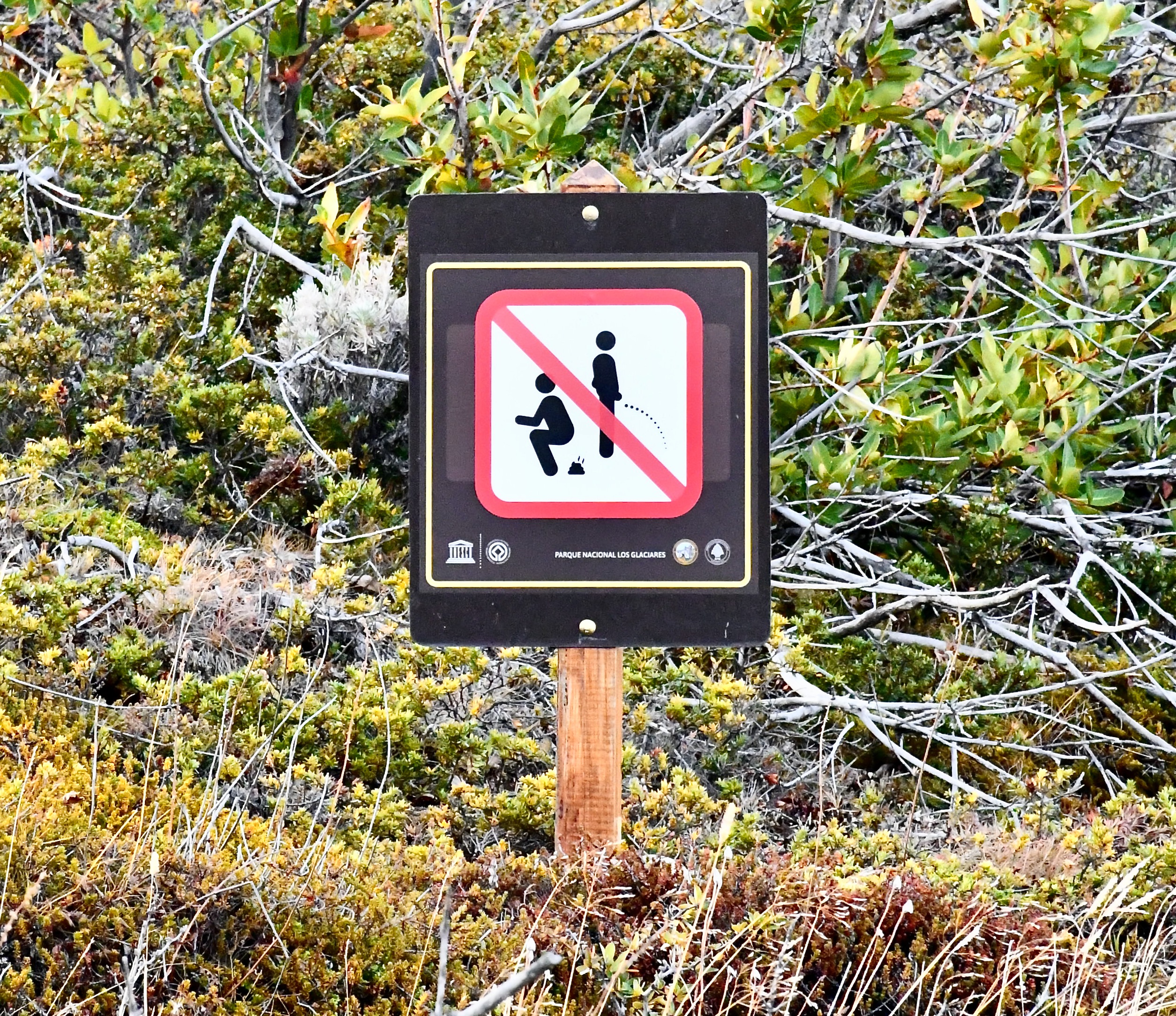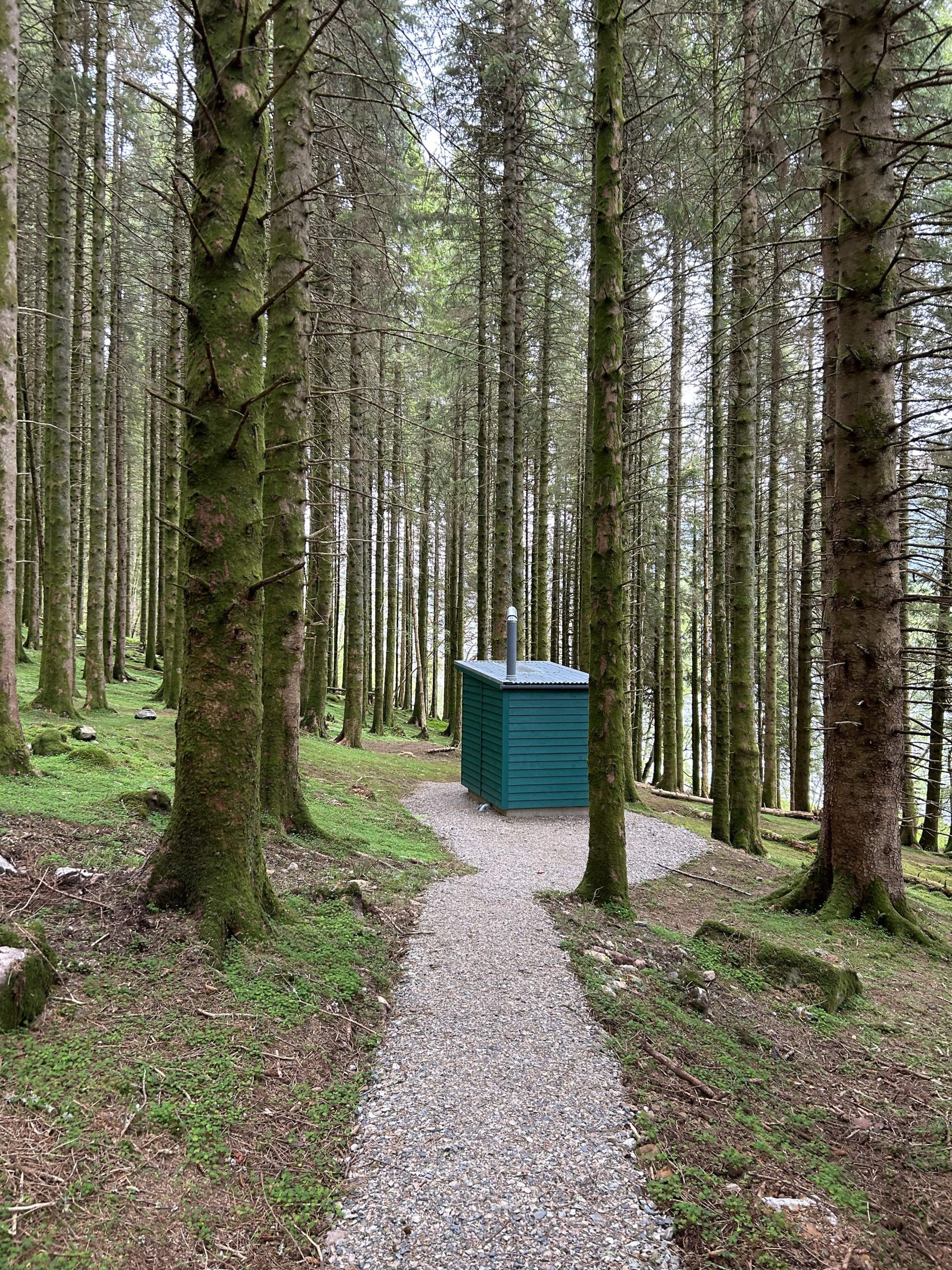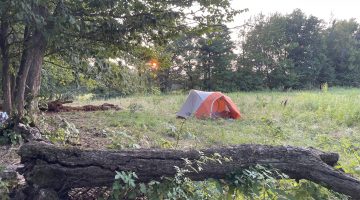Responsible Recreation
Safe Travel: How to Reduce Environmental Impacts and Increase Personal Safety in the Backcountry
- Waste Management: Ensure that all waste is disposed of properly in designated waste areas, including trash, food waste, and bodily waste. Proper waste management is essential for preserving our natural environments. As part of your trip planning, contact local authorities and research guidelines for your destination to learn how to handle waste responsibly. These guidelines may include using animal-safe trash cans and privies, or following a carry-in, carry-out waste policy. Failing to respect these guidelines can decrease personal health and the health of others, as it increases the risk and transmission of bacteria-born illness. Some of which require the need for advanced medical care.
- Travel: Make sure most travel is contained to designated trails to preserve both the flora and fauna of the region. This also decreases potential for injury as it limits traversing potentially hazardous terrain.
- Camping: If camping, make sure that you set up camp in designated camping areas, and on durable ground. If bush-crashing (camping outside of a designated area) then this is of increased importance. Camping on un-durable surfaces can cause harm to your equipment and possibly you as well. Examples of this could include eroded ground, sharp or uneven ground, under dead tree limbs, and sites that fall under potential flood danger.
What to be Cautious Of: Animal Encounters in Maine

Black Bear

Moose

Skunk
If you are approached by a black bear, or notice a bear is following you, avoid direct eye contact. Direct eye contact may be perceived by the bear as a challenge. Speak to the bear in a soft, sturdy, and calm voice. For example, announcing “Hey Bear. Woah Bear. Back away, Bear.” and slowly back away from the bear. These actions will help to show you aren’t a threat to the bear.
The bear may slap the ground, huff, blow, and chomp its teeth or make a bluff charge to let you know it feels threatened and wants space. In this instance, you’ll want to look big. If you are wearing a coat, lift your coat above your head and stand tall. Keep your voice loud, deep, and assertive. Examples of things to say could be “Hear bear. Back off, Bear. Go away, Bear.”Noise and intimidation could deter the bear.
Never run from a bear, you will always be outrun. Black Bears can run up to approximately 30 to 35 mph, while humans only run on average 8pm for men, 6.5 for women. Additionally, avoid climbing trees. Black bears are excellent climbers.
Be extra cautious around female black bears with cubs. They are very territorial and protective of their young, avoid close proximity to cubs when possible.
Pay attention, despite the large size of moose, they are very well camouflaged.
Moose are very territorial and will feel threatened if yourself or pets approach too close, leading them to charge. Make sure to give moose plenty of space, taking note of physical warning signs including: the lowering of their head, hair standing up on the neck, or puffing air out of their nose while making direct eye contact.
If a moose decides to charge you for whatever reason, seek shelter behind something sturdy, such as a large tree, vehicle, boulder, etc. This will help to protect you from the charge.
If a moose knocks you down, curl into a ball, protect your head, extremities, and vital organs. Stay in this position until the moose retreats, then proceed with caution.
Skunks normally do not attack, unless feeling threatened. If you see a skunk in the wild, do not approach it. Skunks spray a foul smelling scent to repel potential predators, in most instances the spray is harmless. However, for dogs, this spray can cause harm to their red blood cells.
Skunks have front claws which make the perfect tools for digging, but also scratching. They can also bite, and can carry rabies. Know the signs of rabies before venturing into the backcountry, and if bitten by an overly aggressive skunk seek medical attention as soon as possible.
Prevention: How to Reduce Hazardous Wildlife Encounters
- Stay Aware:Being aware of your surroundings is extremely important, especially in the outdoors. Keeping an eye out for wildlife can help yourself and the animals stay safe. Avoid wearing headphones outside, as this could cloud your hearing for wildlife. When on a trail by yourself, try carrying a small bell or something to make noise every once in a while. This will let wildlife know you are coming, but also be mindful of people.
- Keep Odors Away from Camp:Scented items and food can attract wildlife. Try your best to be mindful of empty food containers, trash, toiletries, lotions, cookware, and other scented items. At night, it is best to store scented items and wash dishes at least 100 yards from where you are sleeping. Some examples of this could be in a vehicle, tied up in a bear bag, a metal bear box, or a bear-proof canister.It is best to not cook next to where you are sleeping. This can help to keep odors from where you are sleeping if any animals come to sniff out the area.
- Follow Minimal Impact Practices:Planning ahead can reduce your chances of mistakes in the outdoors. Leave No Trace promotes a set of ethics towards conservation of the outdoors, known as the “LNT 7 Principles”. You can learn more about this at their website, https://lnt.org/why/7-principles/.You can learn more about minimal impact on our website: https://umaine.edu/outdoorleadership/minimal-impact-recreation-in-maine/.
- Give Animals Space:Many animals don’t attack, unless feeling threatened or provoked, and distance is one of the best ways to give an animal space. If you see a bear, loose, skunk, etc. in the woods, it is best to give as much space as possible between you and the animal to prevent an attack. Yellowstone National Park says to stay at least 100 yards away from bears and wolves, and 25 yards away from all other wildlife, but this may be very dependent on the animal. A good rule of thumb is to hold out your thumb and try to cover the animal with your thumb. If you can completely cover the animal with your thumb, you’re at a safe distance away, most of the time.



